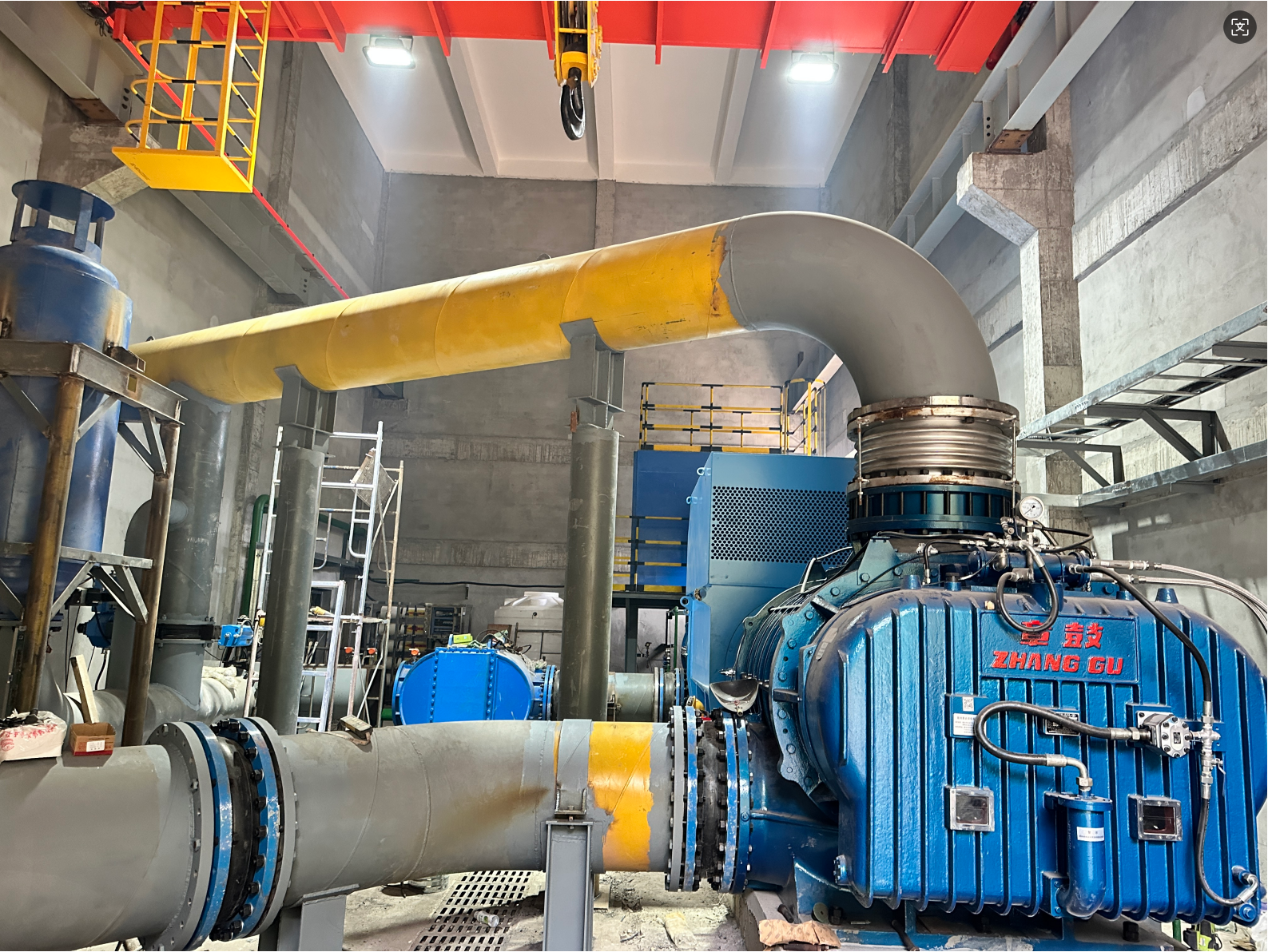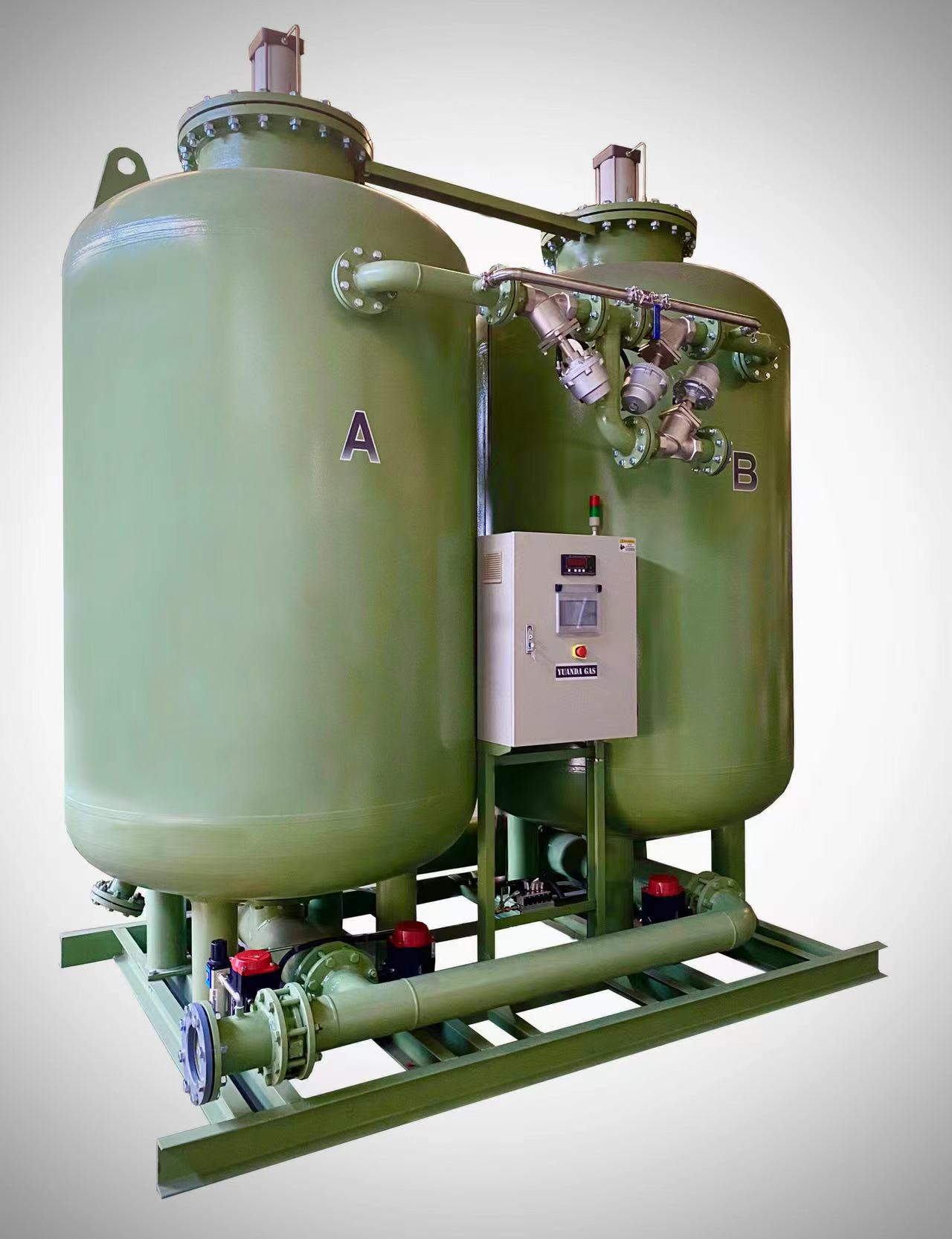amakhophu ephakanyisweni zokugcinwa
Amaphandle yezililo elibonakalayo ezikhishwe ngokusebenziselwa kwiqhutywa lokusebenza amagase, uzokusetyenziswa nge-principle yekhi Pressure Swing Adsorption (PSA) ukwenza okuphambiliyo kwe-oxijini kusukela kwehlathi lesikhephe. Kusetshenziswa ngokushaywa komphendha esifihlileyo ngaphandle kwamabhopho emihleli, ababonisa i-nithogeneng phakathi kanye nokulandelana nge-oxijini ukuze liphathe. Umsebenzi uluhlukaniswe ngokweminyaka enguqondweni nezinye zokugcwalisa, ukuba apho lizisele izinsuku eziphumule oxijini. Amaphandle omoderno yokuziphindaphinda amaxhobo aqinisekisi olungakhulu lokubaleka lokusebenzisa ama-PSA cycle timing, uzokuhlola umoya wokuqala kunye nokuthi uhlobo lwesethelo luhlongene. Le sisistimu sikwenza lexiyo lokusebenza lokuphambiliyo kwe-oxijini uphinde usuka ku-95%, uzokwenza kuyahlukile kumkhakha omnyama, omncane kunye negama lemfundzo. Amaphandle akhishwe ngokusebenzisa amasipho asicinane sokuthola, futhi amaphandle angakho amacala amahhovathalo, amaphandle amaqhutyana lokuhlola lokusebenza kwe-oxijini kunye namaphandle amaqhutyana lokuvula indlela yesikhombiso sentsimbi. Zingakho ziqinisekiswe ukuba ziyahlukile kumkhakha omnyama, kumkhakha omncane kunye nemfundo, kanye nokuthi ziqukethe isixa esidingeni kusukela ekhona imigomo yamathe ngesikhombiso somkhakha omncane kusukela kwezinye zomkhakha ezincane ezinhloko, kunye nokuthi ziqukethe amaxhobo amaningi kusukela amacubic meters amaningi kunye nokuthi amaningi amakhulu kudala kwiimeya. Lutshintsho loluhlu luhlinzekelayo amaxhobo amaningi, njenge-variable frequency drives kunye ne-heat recovery systems, uzokwenza ukuba kuhlonishwe imali yokusebenza ngakho kunye nokuthola ukusebenza olunqamene.


